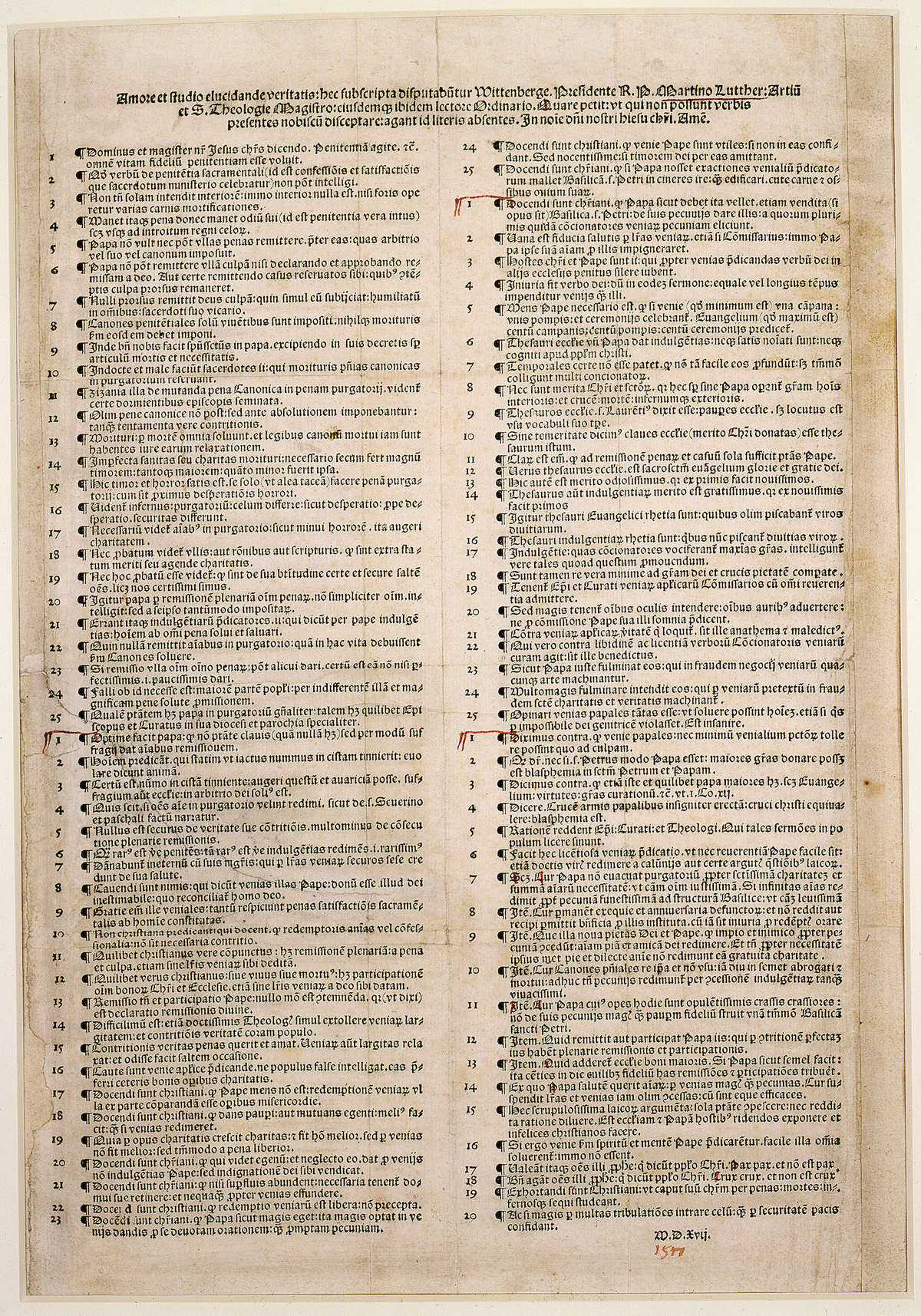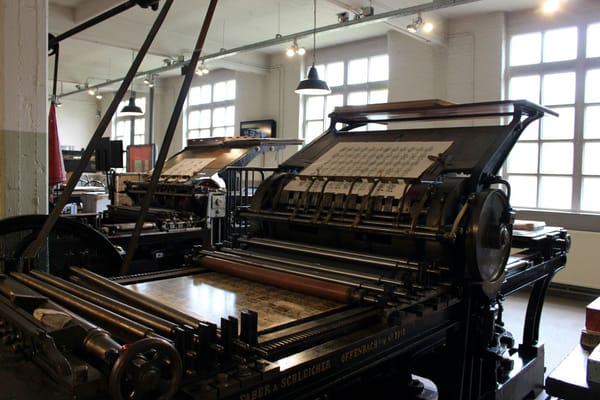Reformation Facts

The Brethren of Common Life represent an example of pre-Reformation popular piety. They were a community of Roman Catholic priests founded in the Netherlands by Gerard Groote. They banded together in communities, giving up their possessions to live chaste lives.
John Wycliffe (1328-1384) and John Huss (1372-1415) both appealed to the superiority of the Bible. Both these men were reformers.
John Calvin, another reformer who lived from 1509-1564, insisted on the strict observance of moral laws because he thought that moral behavior was a sign that someone was of the elect.
Martin Luther, a reformer who lived from 1483-1546, believed that women should rule the household. Many German peasants were attracted to Martin Luther's teaching because they believed that it advocated freedom from being serfs.
State churches in England, Scotland, and Northern Germany, were a result of the Protestant Reformation.
Calvinism was a theocratic religion because it only permitted members of its church to hold political office.
The official creed of Lutheranism was summed up in the Augsburg Confession.
The popular lay movements that most directly assailed the late medieval Church were the Lollards and Hussites.
The main reason for the sale of indulgences was the completion of the Saint Peter's Basilica in Rome.
The Protestant Reformation encouraged the movement for popular education.




